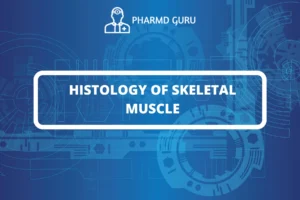The pancreas and gonads are two separate but crucial organs in the human body with distinct functions. The pancreas is involved in both endocrine and exocrine functions, while the gonads are responsible for reproductive functions and hormone production.
SCROLL DOWN TO THE BOTTOM OF THE PAGE FOR ACTUAL NOTES
Pancreas:
The pancreas is a gland located behind the stomach, and it plays a vital role in digestion and blood sugar regulation. It has two main components:
- Exocrine Function: The exocrine function of the pancreas involves producing and releasing digestive enzymes and bicarbonate into the small intestine. These enzymes, including amylase, lipase, and proteases, help break down carbohydrates, fats, and proteins in the food we eat. The bicarbonate released by the pancreas neutralizes stomach acid, creating a suitable pH for the digestive enzymes to function.
- Endocrine Function: The endocrine function of the pancreas involves the secretion of hormones that regulate blood sugar levels. The specialized regions in the pancreas known as the Islets of Langerhans contain different types of cells that produce hormones:
- Beta Cells: Beta cells secrete insulin, a hormone that helps lower blood glucose levels by facilitating the uptake of glucose into cells for energy production or storage.
- Alpha Cells: Alpha cells secrete glucagon, a hormone that raises blood glucose levels by stimulating the breakdown of glycogen (stored glucose) in the liver and the release of glucose into the bloodstream.
The balance between insulin and glucagon maintains stable blood sugar levels, and dysfunction of the pancreatic endocrine cells can lead to conditions like diabetes mellitus.
Gonads:
The gonads are the primary reproductive organs responsible for producing gametes (sex cells) and sex hormones. In males, the gonads are the testes, and in females, they are the ovaries.
- Testes: The testes are a pair of oval-shaped organs located in the scrotum in males. They are responsible for producing sperm, the male gametes, through a process called spermatogenesis. Additionally, the testes produce the male sex hormone testosterone, which is essential for the development of male reproductive organs, secondary sexual characteristics, and the maintenance of male reproductive health.
- Ovaries: The ovaries are two almond-shaped organs located in the lower abdomen on either side of the uterus in females. They are responsible for producing eggs (ova) through a process called oogenesis. Additionally, the ovaries produce the female sex hormones estrogen and progesterone, which regulate the menstrual cycle, control the development of female reproductive organs, and play a role in pregnancy and lactation.
The gonads are essential for sexual reproduction and play a significant role in the development of secondary sexual characteristics, fertility, and reproductive health in both males and females.
Conclusion:
The pancreas and gonads are essential organs in the human body with distinct roles. The pancreas is involved in both exocrine and endocrine functions, playing a role in digestion and blood sugar regulation. The gonads are the primary reproductive organs responsible for producing gametes and sex hormones, contributing to sexual reproduction, fertility, and the development of secondary sexual characteristics in males and females.
ACTUAL NOTES




